
Yoga offers a variety of poses that can help alleviate stress and promote relaxation. Whether you’re a seasoned yogi or a beginner, incorporating these poses into your practice can make a significant difference in managing stress. Let’s explore some effective yoga poses for stress relief:
Child’s Pose (Balasana):
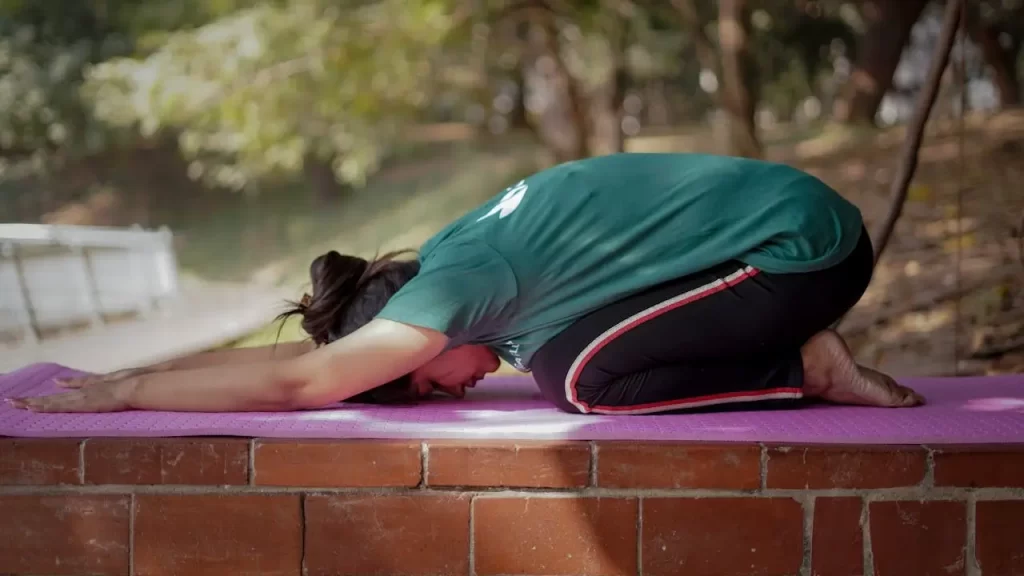
Begin by kneeling on the floor, sitting back on your heels, and stretching your arms forward. This gentle forward bend helps calm the mind and release tension in the back and shoulders.
Cobra Pose (Bhujangasana):

Lie face down, place your hands under your shoulders, and lift your chest off the ground. Cobra pose opens the chest, stimulates the spine, and promotes relaxation.
Standing Forward Bend (Uttanasana):
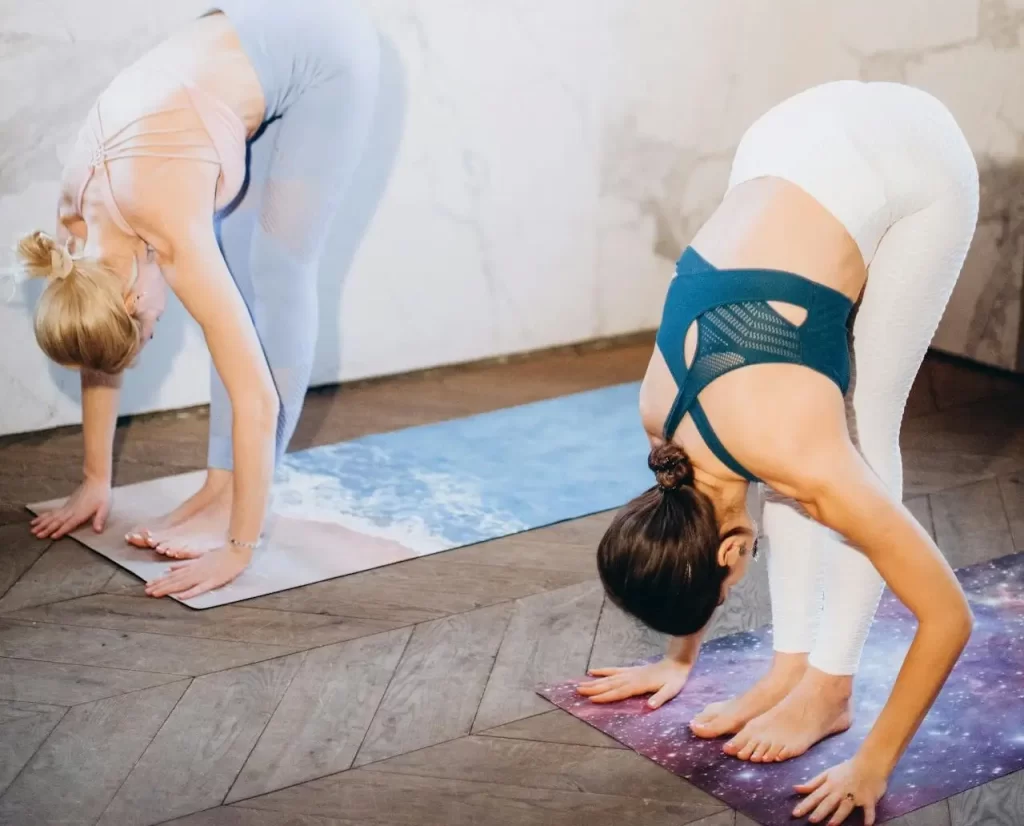
Stand with feet hip-width apart, fold forward from the hips, and let your head hang. This pose stretches the hamstrings, relieves tension, and encourages relaxation.
Seated Forward Bend (Paschimottanasana):

Sit with legs extended, reach forward, and fold over your legs. Paschimottanasana calms the nervous system and helps release stress.
Legs Up The Wall Pose (Viparita Karani):
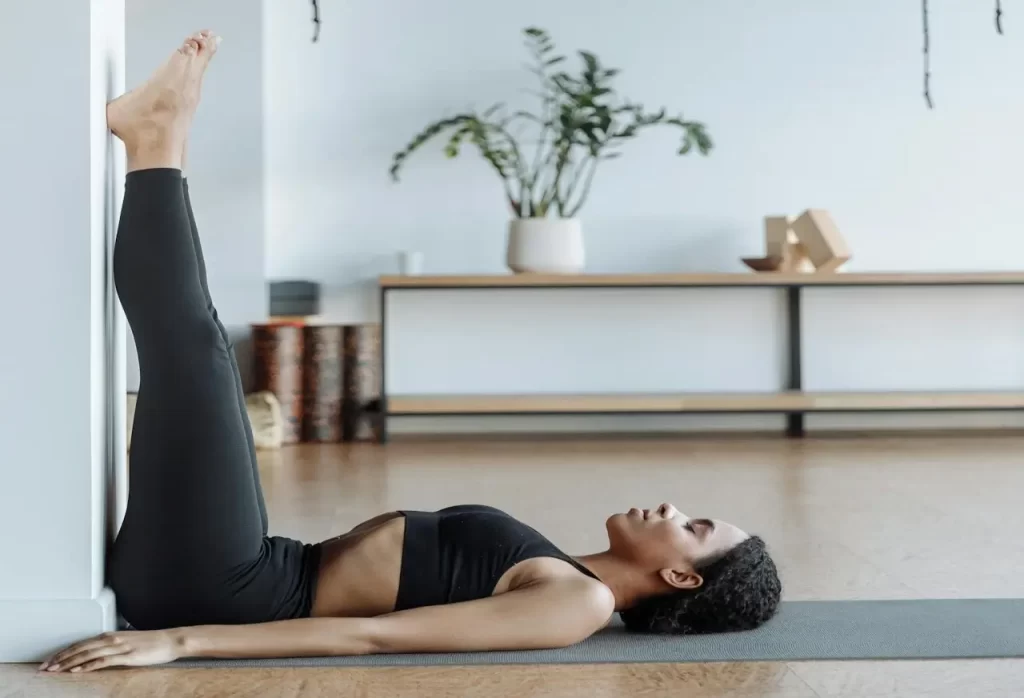
Lie on your back with legs up against a wall. This restorative pose improves circulation, soothes the nervous system, and reduces anxiety.
Bridge Pose (Setu Bandha Sarvangasana):
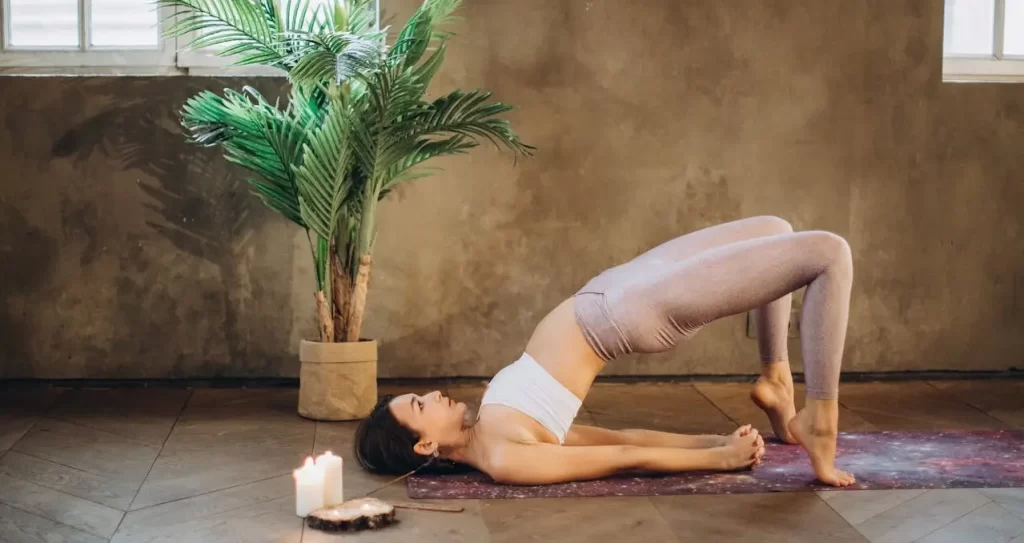
Lie on your back, bend your knees, and lift your hips. Bridge pose relieves tension in the spine and promotes relaxation.
Eagle Pose (Garudasana):
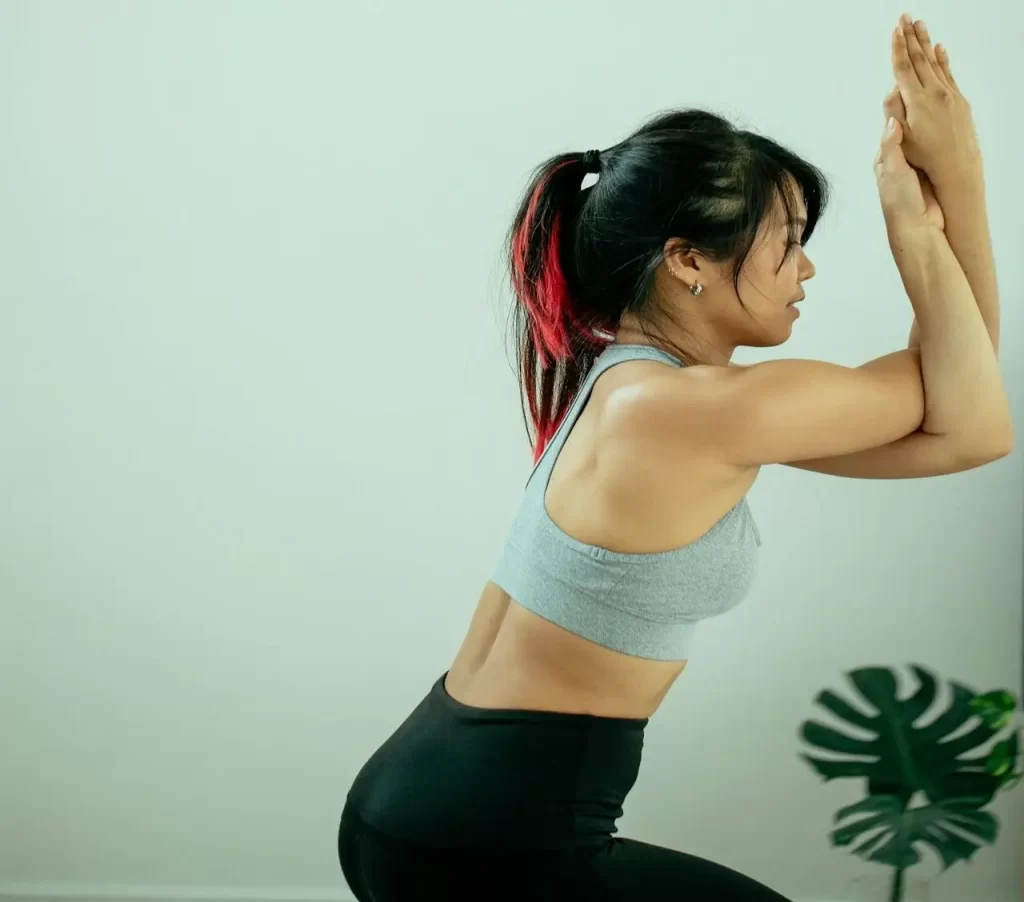
Cross one leg over the other, wrap your arms, and balance. Garudasana helps focus the mind and release stress.
Plow Pose (Halasana):
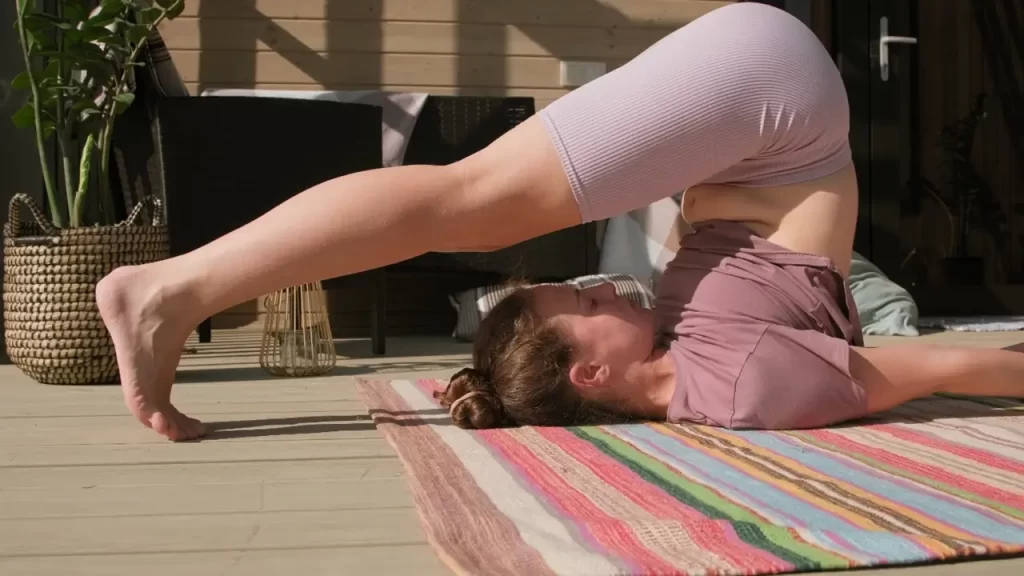
Lie on your back, lift your legs over your head, and touch the floor behind you. Plow pose calms the nervous system and stretches the spine.
Camel Pose (Ustrasana):

Kneel, arch your back, and reach for your heels. Ustrasana opens the chest, relieves tension, and energizes the body.
Cat Pose (Marjaryasana) and Cow Pose (Bitilasana):

Flow between these two poses to warm up the spine and release stress. Cat pose rounds the back, while cow pose arches it.
Happy Baby Pose (Ananda Balasana):

Lie on your back, grab your feet, and gently rock side to side. Happy baby pose relaxes the hips and lower back.
Extended Puppy Pose (Uttana Shishosana):
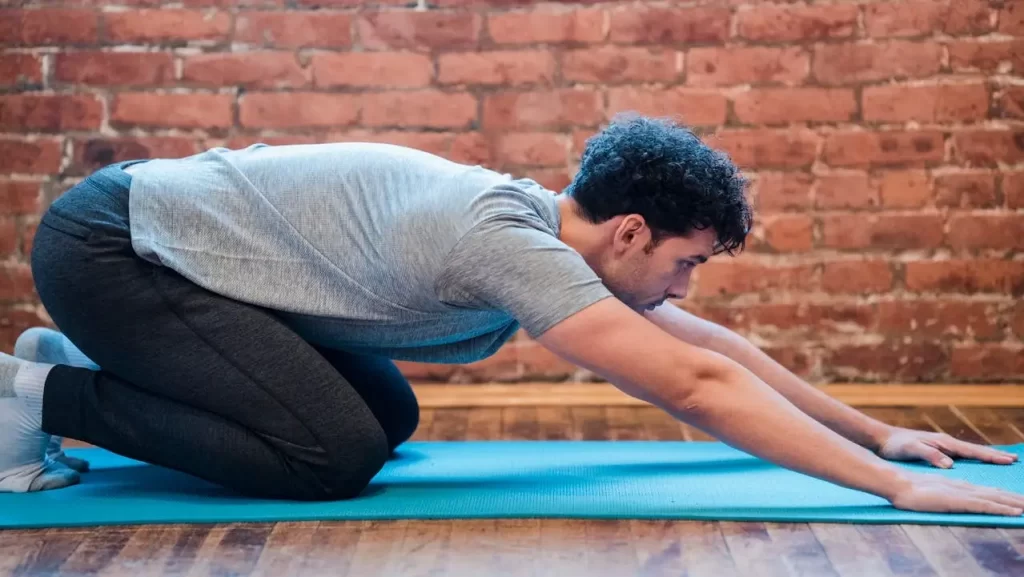
Come onto all fours, walk your hands forward, and lower your chest. This pose stretches the spine and shoulders, promoting relaxation.
Corpse Pose (Savasana):
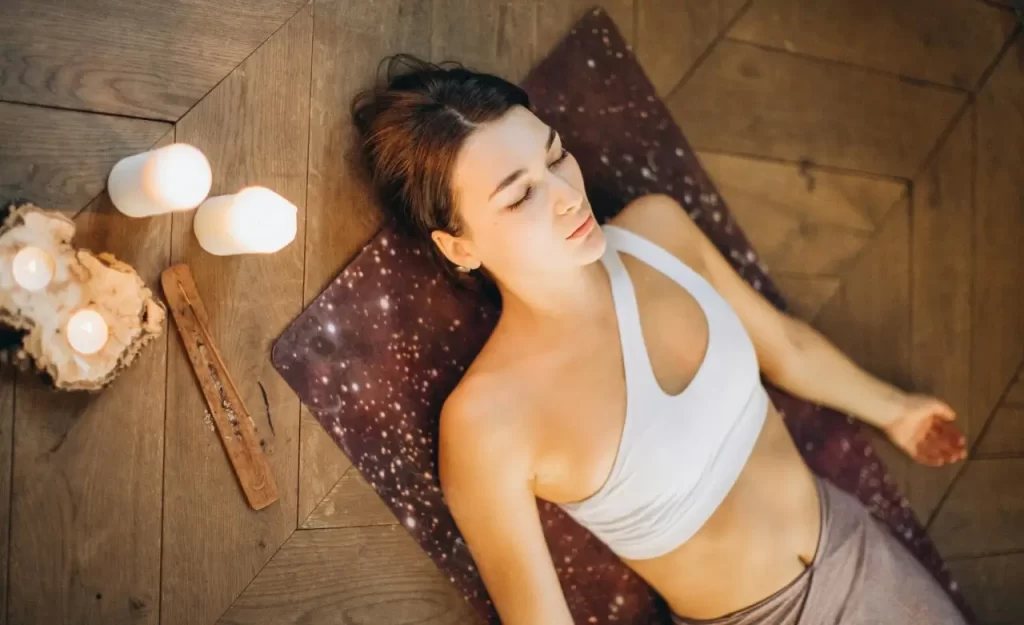
Lie flat on your back, arms by your sides, and close your eyes. Savasana is the ultimate relaxation pose, allowing your body and mind to unwind.
Easy Sitting Pose (Sukhasana):
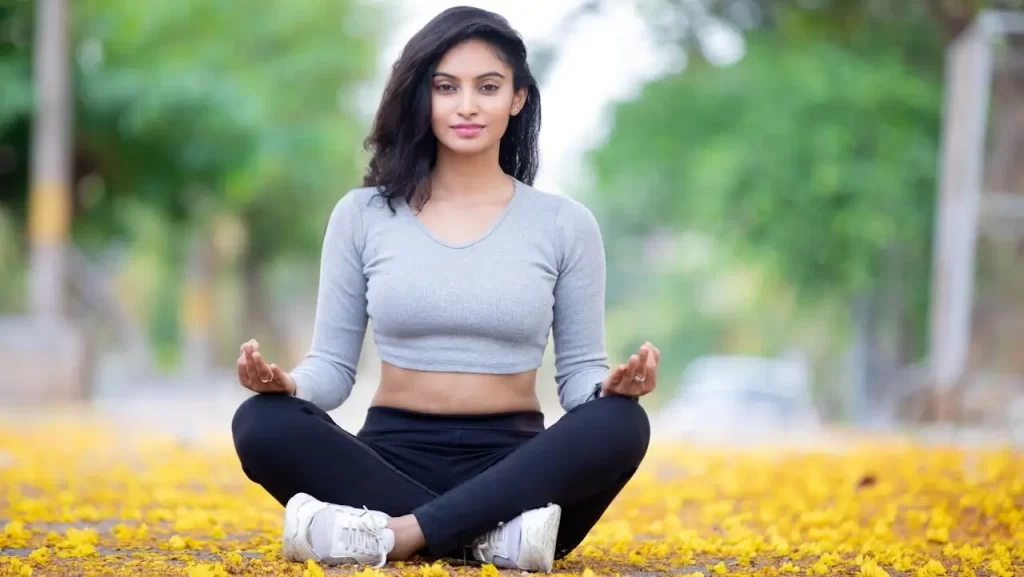
Sit cross-legged, close your eyes, and focus on your breath. Sukhasana helps calm the mind and reduce stress.
Remember, consistency is key. Incorporate these poses into your daily routine, and you’ll experience the soothing effects of yoga for stress relief. 🧘♀️🌿 If you’d like more personalized guidance, consider attending a yoga class or following online videos led by experienced instructors. Happy practicing! 🙏✨
What are some breathing techniques for stress relief?
Breathing Techniques for Stress Relief:
- Square Breathing: Inhale for 4 seconds, hold for 4 seconds, exhale for 4 seconds, and pause for 4 seconds. Imagine tracing a square with your breath.
- Box Breathing (Four-Square Breathing): Inhale for 4 seconds, hold for 4 seconds, exhale for 4 seconds, and pause for 4 seconds. This technique calms your nervous system.
- Humming Breath: Close your eyes, inhale deeply, and hum as you exhale. It soothes the mind and reduces stress.
- Belly Breathing (Abdominal/Diaphragmatic Breathing): Breathe deeply into your belly, expanding it as you inhale. Exhale fully. Repeat for relaxation.
- Pursed-Lip Breathing: Inhale through your nose for 4 seconds, then exhale through pursed lips for 8 seconds. This helps regulate breath and reduce anxiety.
Recommend any yoga apps or websites?
Yoga Apps and Websites:
- Yoga Studio by Gaiam: Offers themed classes, custom flows, guided meditations, and relaxation practices. Available on iOS and Android.
- Down Dog: Suitable for all fitness levels, with customizable classes. Great for beginners.
- Daily Yoga: Provides community support and a variety of classes.
- Glo: Ideal for busy people, offering diverse classes and meditation practices.
- Simply Yoga: Kid-friendly app for young yogis.
- Yoga Workout: Budget-friendly option.
- Pocket Yoga: Beginner-friendly app.
- 5 Minute Yoga: Perfect for quick sessions, even at the office.
Explore more about the benefits of Savasana.
Benefits of Savasana (Corpse Pose):
- Physical Relaxation: Savasana allows complete relaxation of the body, reducing fatigue and stress.
- Mental Calmness: Quiets the mind, especially around the 6-minute mark, allowing profound mental relaxation.
- Nervous System Balance: Shifts from sympathetic (fight-or-flight) to parasympathetic (rest-and-digest) mode, promoting overall well-being.
- Awareness of Mortality: A gentle rehearsal for our last breath, heightening our appreciation of life.
- Spiritual Connection: Leaves you in a state of rejuvenation and inner peace.
Remember, consistency in practice yields the best results. Enjoy your yoga journey! 🙏✨
What are some other relaxation techniques?
Relaxation Techniques:
- Autogenic Relaxation: Use visual imagery and body awareness to lower stress. Repeat calming words or suggestions in your mind while focusing on muscle relaxation.
- Progressive Muscle Relaxation: Tense and relax different muscle groups systematically to reduce tension.
- Deep Breathing: Practice slow, deliberate breaths to calm your nervous system.
- Mindfulness Meditation: Focus on the present moment, observing thoughts and sensations without judgment.
- Visualization: Imagine peaceful scenes or scenarios to promote relaxation.
- Aromatherapy: Use essential oils to create a soothing environment.
- Hydrotherapy: Benefit from water-based relaxation, like warm baths or showers.
- Music and Art Therapy: Engage in creative expression for stress relief.
- Walking in Nature: Enjoy the outdoors for a calming effect.
- Social Support: Connect with supportive family and friends.
Recommend any Meditation Apps?
Meditation Apps:
- Headspace: Offers a variety of meditations, from beginner to advanced levels. Structured courses and solution-driven sessions are available.
- Calm: Provides both guided and unguided meditations, ambient soundscapes, and personalization options.
- Smiling Mind: Great for kids and young adults starting mindfulness meditation.
- UCLA Mindful: Science-based content for enhancing mindfulness practices.
- Simply Being: User-friendly app suitable for beginners.
- The Mindfulness App: Offers personalized reminders and themed courses.
Explore more about Down Dog app.
Down Dog App:
Description: Down Dog provides a studio-like yoga experience at home. You customize your practice by selecting time, level, focus, voice, and music.
Features:
- Unique, personalized yoga sessions every time you use the app.
- Structured courses for beginners and more-advanced practitioners.
- Solution-driven meditations for anxiety, patience, self-esteem, and grief.
- Short, one-session meditations for specific situations.
- Available on iOS and Android platforms.
Feel free to explore these options and find what resonates with you! 🧘♀️✨
Let’s explore some quick relaxation techniques, learn about the Headspace app, and discover ways to create a calming environment at home:
What are some quick relaxation techniques for busy days?
Quick Relaxation Techniques for Busy Days:
- Deep Breathing: Practice the 4-7-8 technique—inhale for 4 seconds, hold for 7 seconds, and exhale for 8 seconds. It instantly calms your nervous system.
- Mindful Movements: Stretch or do simple yoga poses to release tension and improve focus.
- Guided Visualization: Imagine a peaceful scene and focus on it intently. Combine with controlled breathing to reduce stress.
- Progressive Muscle Relaxation: Tense and release muscle groups for 15 seconds each. It helps control anxiety.
- Laughter: Watch a comedy clip or enjoy time with friends—laughter releases endorphins and counters stress.
Explore more about Headspace app.
Headspace App:
Purpose: Headspace is a meditation app that teaches life-changing skills in just a few minutes a day.
Features:
- Guided Meditations: Choose from various sessions—sleep, stress management, anxiety, and more.
- Mindfulness Coaching: Get personalized guidance for mental health.
- Daily Mindfulness Exercises: Cultivate mindfulness and feel happier.
Available on Google Play and App Store.
How to create a calming environment at home?
Creating a Calming Environment at Home:
- Clear the Clutter: Decluttering immediately reduces chaos and stress.
- Keep Surfaces Clear: Minimalism promotes calmness.
- Embrace White Space: Allow breathing room—white walls or open spaces create tranquility.
- Use Soft Lighting: Lamps or candles create a cozy, relaxing atmosphere.
- Incorporate Natural Materials: Wood, stone, or bamboo evoke a sense of calm and connection to nature.
- Choose Neutral Colors: Soothing tones like beige, gray, or pale blue promote relaxation.
- Let the Light In: Natural light uplifts mood and reduces stress.
Remember, small changes can make a big difference. Start where you can, and gradually transform your space into a peaceful haven! 🌿✨
How to practice mindfulness during a busy workday?
Practicing Mindfulness During a Busy Workday:
- Morning Meditation: Begin your day with a mindful routine. Even a few minutes of meditation can set a positive tone.
- Conscious Breathing: Take short breaks to focus on your breath. Inhale deeply, hold, and exhale slowly.
- Create a Mindful Workspace: Organize your desk, minimize distractions, and add calming elements like plants or soothing colors.
- Focus on One Task at a Time: Multitasking can increase stress. Prioritize and give your full attention to one task.
- Mindful Listening: Engage fully in conversations, actively listening without distractions.
- Express Gratitude: Take a moment to appreciate small wins or positive aspects of your workday.
- Aim for a Growth Mindset: Embrace challenges as opportunities for growth.
- Accept What You Can’t Change: Let go of things beyond your control.
Explore more about other meditation apps.
Meditation Apps:
- Headspace: Offers a vast library of guided meditations for beginners and advanced practitioners. It covers various topics, including anxiety, patience, and grief.
- Calm: Provides both guided and unguided meditations, ambient soundscapes, and personalized experiences.
- Smiling Mind: Great for kids and young adults starting mindfulness meditation.
- UCLA Mindful: Science-based content for enhancing mindfulness practices.
- Simply Being: User-friendly app suitable for beginners.
- The Mindfulness App: Offers personalized reminders and themed courses.
What are some calming scents for my home?
Calming Scents for Your Home:
- Lavender: Known for its calming properties, ideal for reducing tension and stress.
- Jasmine: Another relaxing scent that promotes tranquility and soothes the mind.
- Mint (Peppermint): Enhances alertness and boosts productivity and creativity.
- Patchouli: Historically used for calming, especially when combined with other oils.
- Bergamot & Mandarin: Creates a mellow atmosphere, perfect for unwinding.
- Rose: Tranquil and soothing, evoking a sense of peace.
- Ylang Ylang: Known as a “chill pill,” it helps reduce anxiety.
- Orange: Uplifting and refreshing, great for relaxation.
Feel free to incorporate these practices and scents into your daily routine for a more mindful and calming experience! 🌿✨
How to practice mindfulness during my commute?
Mindfulness During Commute:
- Be Present: Continuously focus on your body, surroundings, and what you hear. Set your phone to do-not-disturb and stay present while driving or commuting.
- Loving-Kindness Practice: Use crowded trains or traffic as an opportunity for compassion. Send loving-kindness to fellow commuters, even when irritation arises.
- Light Muted Blue: Consider light, muted blue tones for a calming ambiance. Pastel blues and silvery undertones work well.
- Lavender: This soothing color evokes calmness. Stick to muted shades for a relaxing effect.
- Mauve: A pale purple with pink undertones—earthier and more muted. Ideal for serene interiors.
Explore more about Calm app.
Calm App:
Purpose: Calm is the #1 app for sleep, meditation, and relaxation.
Features:
- Guided Meditations: Soothing sessions for stress reduction.
- Sleep Stories: Narrated tales to help you fall asleep naturally.
- Soundscapes: Relaxing sounds for a tranquil environment.
- Breathwork and Stretching Exercises: Improve overall wellbeing.
What are some calming colors for home decor?
Calming Colors for Home Decor:
- Navy Blue: Tops the list for calming spaces. Named the “most calming color in the world” by The World’s Favorite Colour Project.
- Light Blue: Opt for muted tones. Pastel blues with silvery undertones create a serene ambiance.
- Blue-Gray (Slate Blue): Naturally calming and pairs well with other colors.
- Baby Blue: Richer than pastels, suitable for bathrooms and bedrooms.
- Lavender: A soothing, light purple that evokes calmness.
- Mauve: Pale purple with pink undertones—earthier and muted.
Choose the colors that resonate with you, and create a tranquil haven at home! 🏡✨


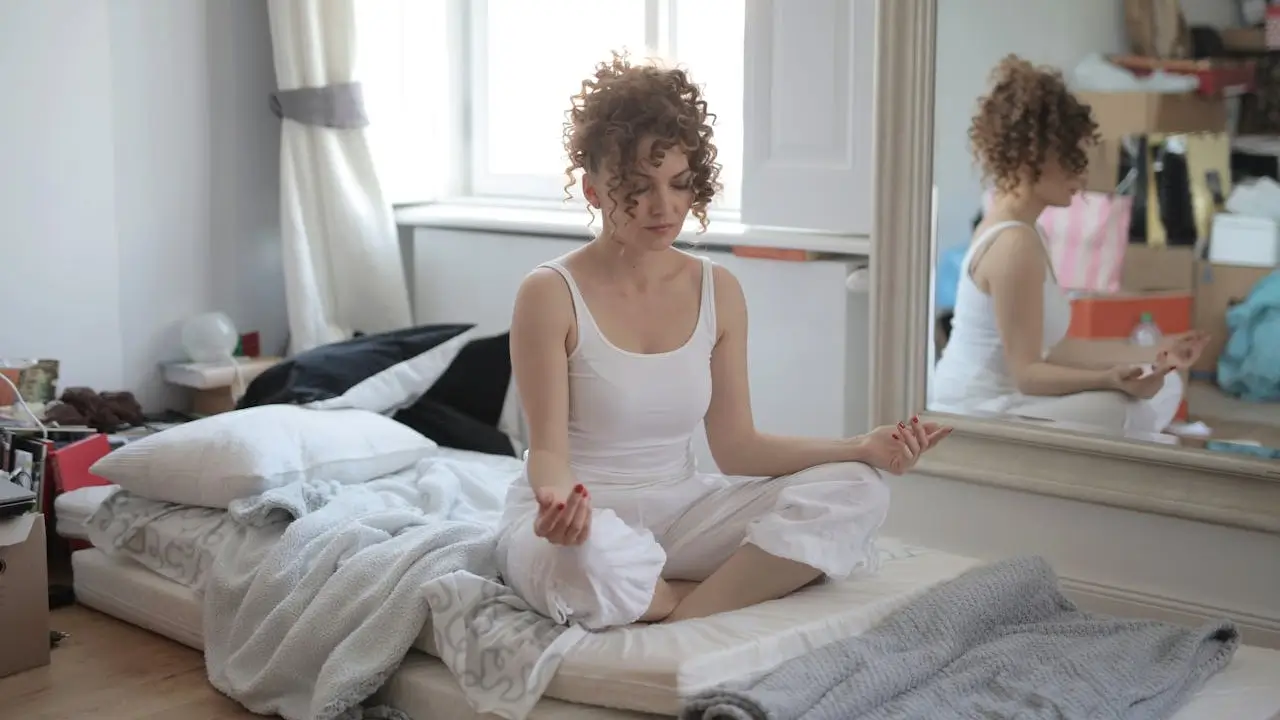
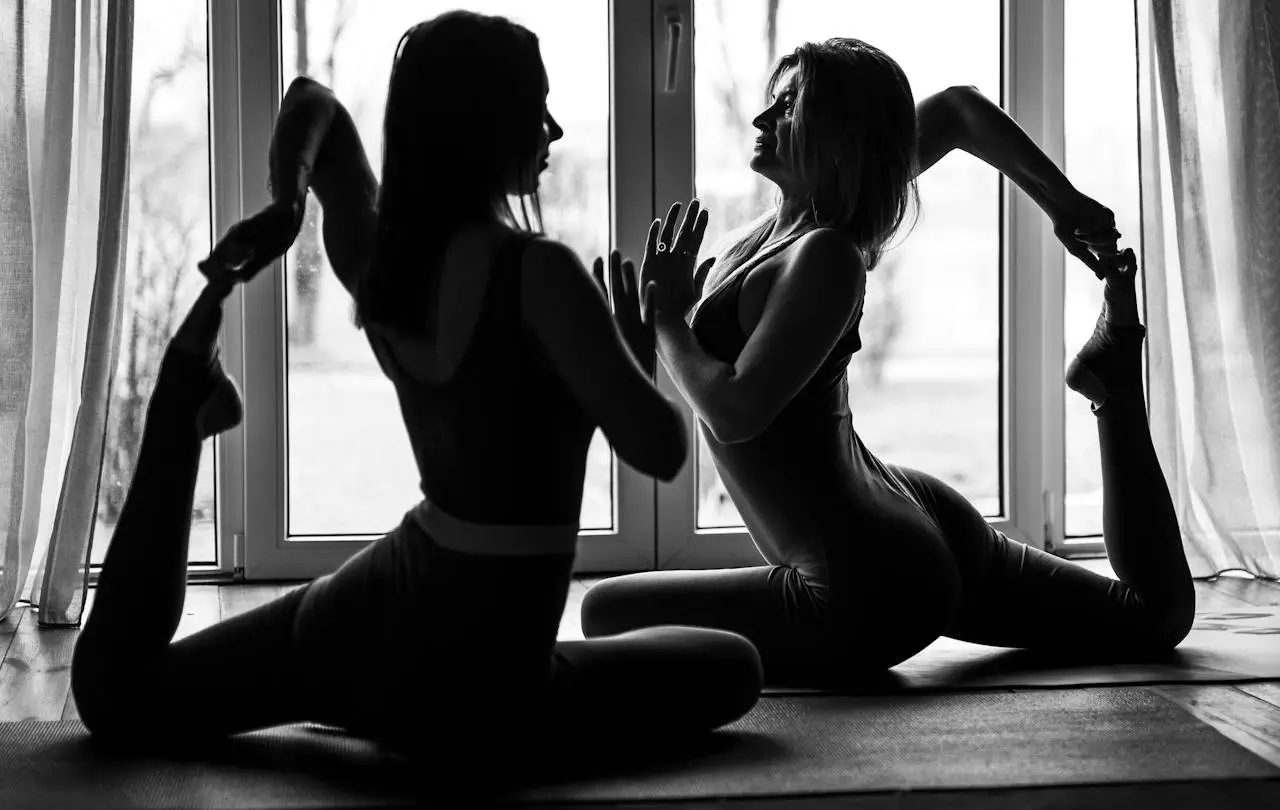
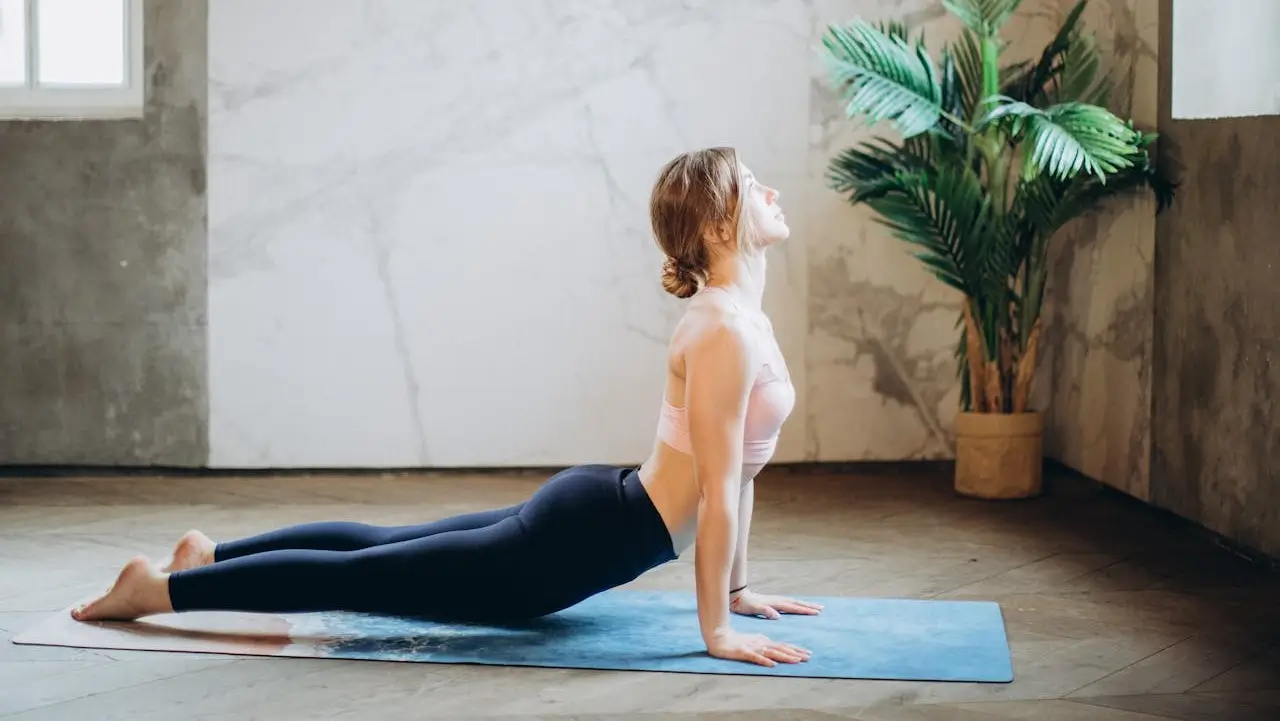

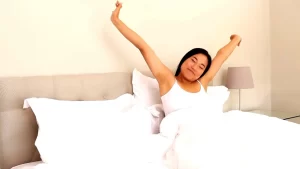

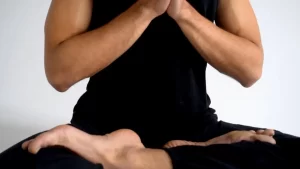








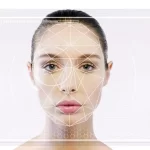
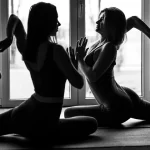


Terrific post but I was wondering if you could write a litte more on this topic? I’d be very thankful if you could elaborate a little bit further. Many thanks!